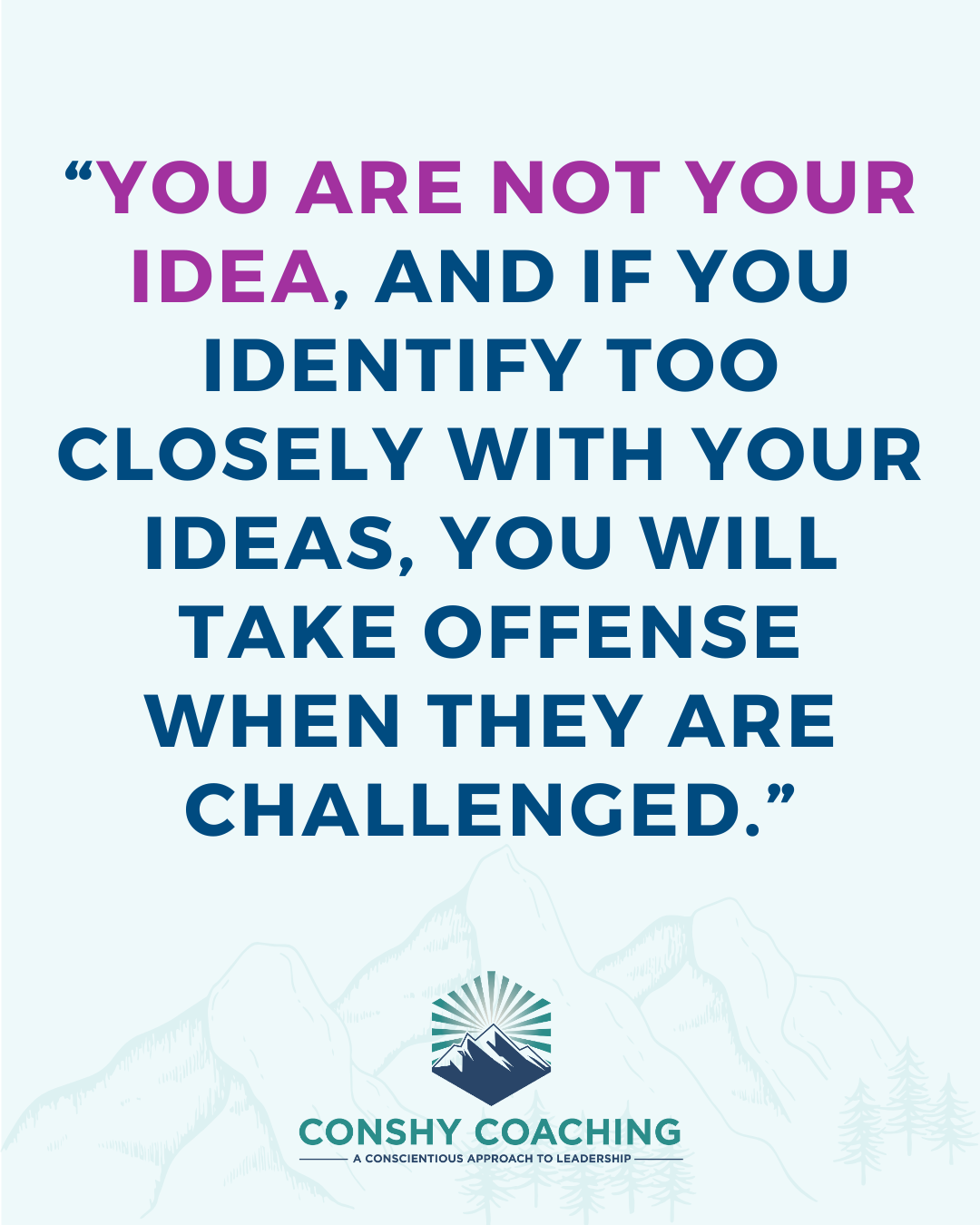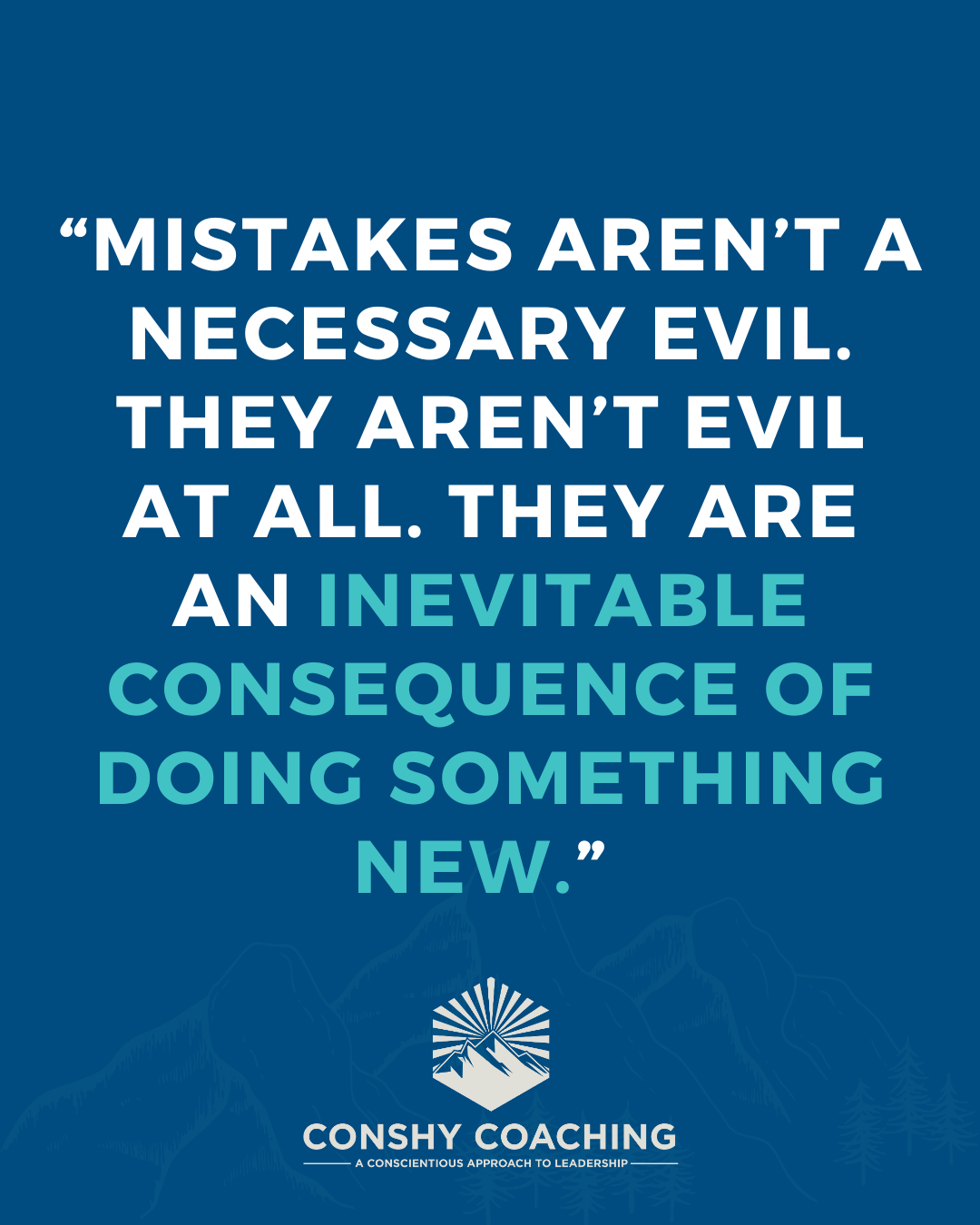Book Review: Creativity, Inc. by Ed Catmull
The first time I read (well, listened to) Ed Catmull’s Creativity, Inc. was in 2022. It kept me company on long walks, and the narrator brought so much personality and enthusiasm that I often had to remind myself it wasn’t Catmull himself telling the story. The book immediately struck a chord, and I found myself bringing its lessons into my coaching sessions right away. Three years later, many of those ideas have stayed with me: hire people smarter than you, make room for personality at work, build a culture of candor, and get comfortable with fear, change, and the uncomfortable truths about our own blind spots.
So when I decided to write a review this month, I thought I could skim through it again, pull a few quotes, and wrap up a post in an afternoon. I couldn’t have been more wrong. As soon as I reopened the book, I was pulled back in to the Pixar origin story, the creative breakthroughs behind Toy Story and Up, and the incredible attention Catmull gives to leadership and culture. By the time I finished, I had ten pages of notes. (Don’t worry… this review won’t cover them all. I’ll save the rest for some future deep dives.)
For now, I’m focusing on three of the most useful and actionable concepts from Creativity, Inc. that every leader, in any industry, can apply:
Candor vs. Honesty
Fear of Failure and Change
Self-Awareness and the Limits of Perception
1. Candor vs. Honesty: A Culture of Clear, Constructive Feedback
Most leaders say they want honesty on their teams. But Catmull makes an important distinction between honesty and candor. Honesty can carry emotional weight and moral baggage. If someone is "dishonest," that’s a serious character issue. But if someone is "not candid enough," it might just mean they’re holding back a bit, trying to be diplomatic, or waiting for the right moment.
Candor, as Catmull frames it, is more workable. It means speaking plainly, without posturing, and focusing on the work, not the person. That’s why Pixar built systems like the Braintrust—a group of smart, passionate people who come together regularly to review works-in-progress and offer unfiltered feedback. Their job isn’t to provide answers. It’s to surface problems and offer ideas that might help the director find a better solution.
“You are not your idea, and if you identify too closely with your ideas, you will take offense when they are challenged.”
One memorable example involves The Incredibles. In an early cut, there was a scene where Bob and Helen are arguing. The Braintrust said it felt like Bob was bullying Helen. Director Brad Bird went back and rewatched the scene. The dialogue and tone were solid. But then he realized the problem: Bob's physical presence dominated the frame. To shift the dynamic, he had Helen stretch to Bob’s size when she snapped, “This is not about you, Bob!” Suddenly, the power balance felt right.
Bird didn’t change the script, he just addressed the problem in a different way than the Braintrust suggested. And that’s the point. Feedback isn’t about taking orders; it’s about expanding the thinking around a challenge.
How to apply this in your leadership:
Create safe forums for feedback where titles don’t matter.
Model candor yourself by offering constructive feedback and asking for it in return.
Use problem-centered questions: “What do we love?” “What do we need to blow up?” “What needs to go backwards?”
Don’t require that every comment be a fully formed solution. Invite people to help identify the problem, not fix it all at once.
2. Fear of Failure and Embracing Change
Fear of failure starts young. We learn to associate mistakes with shame, embarrassment, or being unprepared. That conditioning follows us into adulthood and into leadership roles, where the stakes often feel higher.
Catmull pushes back against this mindset with one of the book’s strongest arguments: “Mistakes aren’t a necessary evil. They aren’t evil at all. They are an inevitable consequence of doing something new.”
Leaders at Pixar, like Andrew Stanton and Pete Docter, embraced this fully. Stanton had a motto: “Fail fast and fail early.” The goal wasn’t to avoid failure. It was to move quickly through it, learn, and get better.
Stanton once compared creative risk-taking to riding a bike: you wear pads so you can fall without fear. The point is to go, to try, and to expect some bumps along the way. If you’re not failing occasionally, you’re probably not pushing far enough.
Pete Docter shared that during Monsters, Inc., he took mistakes as personal failures. When he felt overwhelmed, he’d freeze. Over time, he developed a tool to help: write everything down. When he made a list of what was wrong, he could group the problems into just a few bigger issues. That made them manageable again. (It’s a great case for journaling, and I often recommend similar exercises to clients who feel stuck.)
“If you aren’t experiencing failure, you are making a far worse mistake: You are being driven by the desire to avoid it.”
Leaders who try to outthink failure, who wait until every variable is known, often end up paralyzed. Their teams feel like they’re drifting. Stanton put it like this: “If the leader says, 'I'm still not sure. I'm going to look at the map a little more,' the crew stops rowing. But if the leader picks a direction, even if it's imperfect, everyone feels like they're moving toward land.”
How to apply this in your leadership:
Share your own mistakes and what you learned from them.
Reframe failure as exploration. Encourage your team to "be wrong as fast as they can."
Use journaling or reflection prompts to help yourself or others break down problems.
When introducing change, use softer entry points: “I’m not actually suggesting this, but just for the sake of discussion...” That creates psychological safety and makes room for creative thought.
Remember: It's not enough to pick a path—you have to walk it. If it's the wrong one, you'll still have time to pivot.
3. Self-Awareness and the Limits of Perception
Catmull emphasizes that leadership is often about "trying to see the unseen."
We all operate with blind spots. And the more power or experience we gain, the easier it is to miss important feedback signals. That’s why Catmull and his team were obsessed with creating systems that surfaced hidden problems and protected against overconfidence.
“The cost of preventing errors is often far greater than the cost of fixing them.”
At Pixar, that meant encouraging even junior employees to voice concerns, giving creative leads permission to say, "I don’t know," and building a culture where status didn’t equal correctness. It meant designing processes that helped leaders challenge their own assumptions.
One of the most powerful concepts here is that our perception is limited by design. You can’t fix a problem you can’t see, and the only way to widen your field of view is to create channels where others feel safe enough to share what you’re missing. That takes humility, systems, and time.
How to apply this in your leadership:
Ask directly: “What am I missing?” or “What might others see here that I don’t?”
Build systems for continuous input: regular retrospectives, anonymous suggestion boxes, rotating feedback groups.
Normalize uncertainty. Leaders don’t always need answers, but they do need to stay curious.
Remember, self-awareness is a skill, not a trait. It requires reflection, feedback, and willingness to be wrong.
Final Thoughts
Creativity, Inc. is one of the best leadership books I’ve ever read. Not because it offers a step-by-step playbook, but because it gives readers a behind-the-scenes look at what it really takes to build and sustain a culture of innovation. Ed Catmull doesn’t just talk about ideas. He shows how Pixar lived them.
Whether you're in tech, healthcare, finance, or education, the lessons apply: create space for candor, don’t be afraid to fail, and keep checking your blind spots. Leaders who do these things aren’t just more effective—they build teams that thrive.
If you want your leadership to have more impact, Creativity, Inc. belongs on your list. And not just once. Revisit it. Let it challenge you. And then bring those challenges into your next conversation, your next strategy session, your next one-on-one.
Your team will thank you for it.




